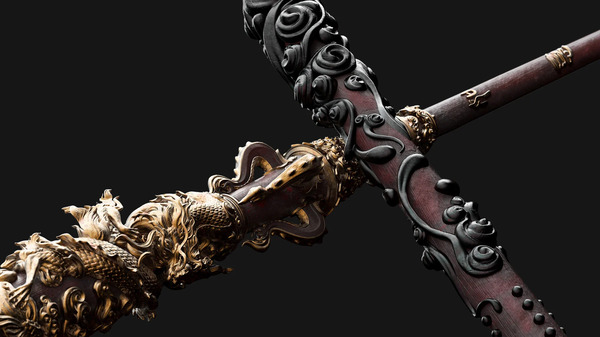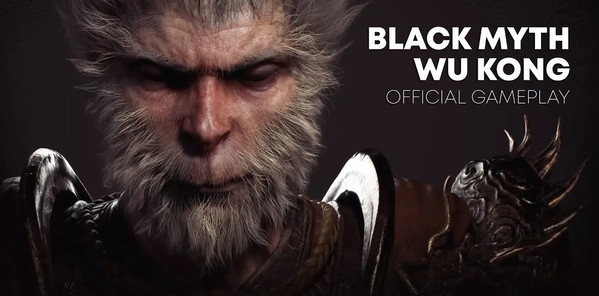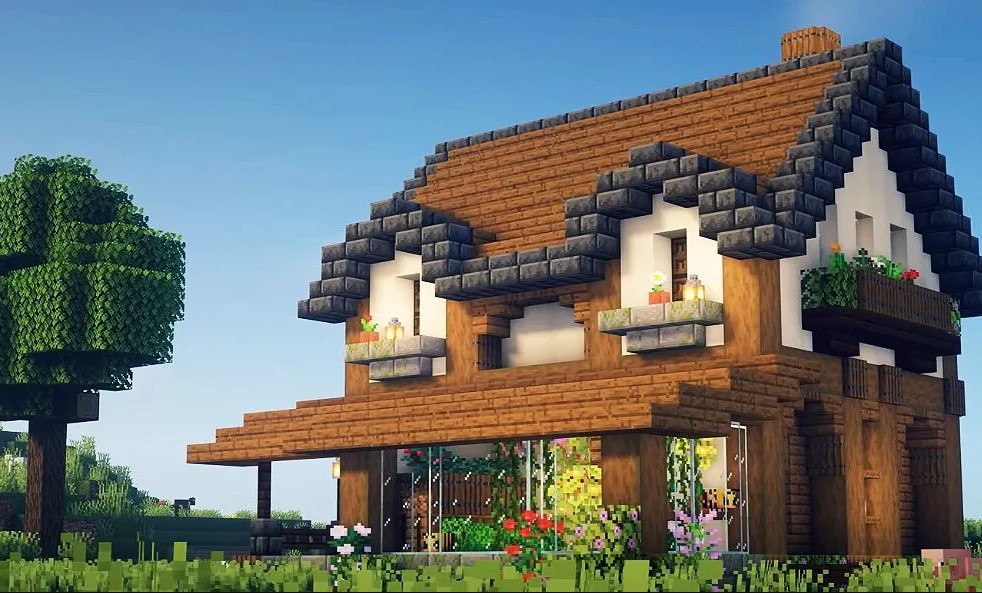“Black Myth: Wukong,” an action RPG developed by Game Science, has garnered significant attention since its debut. Inspired by the classic Chinese tale of Journey to the West, the game promises a rich, immersive experience set in a fantastical world. Despite its impressive visuals and ambitious design, the game faces a specific challenge that has sparked extensive debate among players and critics alike. This article delves deeply into the issue of gameplay balance in “Black Myth: Wukong,” exploring how it affects player experience and game progression.
The Challenge of Gameplay Balance in Black Myth: Wukong
“Black Myth: Wukong” offers a complex, richly detailed world that combines traditional Chinese mythology with high-octane action. However, one of the most pressing concerns is its gameplay balance. Balancing difficulty is crucial for maintaining engagement and ensuring a rewarding experience, but “Black Myth: Wukong” has encountered notable issues in this area.
The Importance of Difficulty Settings
Difficulty settings are a fundamental aspect of game design, shaping how players interact with the game. They ensure that players of varying skill levels can enjoy the game without feeling overwhelmed or underchallenged.
Standard Difficulty vs. Hardcore Mode
In “Black Myth: Wukong,” the standard difficulty setting provides a relatively balanced experience, offering a fair challenge to most players. However, the Hardcore mode—designed for players seeking a more demanding experience—has been criticized for being excessively punishing. This mode often introduces mechanics or difficulty spikes that feel inconsistent with the rest of the game, leading to frustration rather than enjoyment.
Overwhelming Enemy Encounters
Another significant issue in gameplay balance is the design of enemy encounters. Players have reported that certain sections of the game feature disproportionately challenging enemies that can undermine the overall experience.
Enemy Scaling Issues
Enemy scaling is a common practice in RPGs to ensure that enemies remain challenging as the player progresses. However, in “Black Myth: Wukong,” some enemies appear to scale excessively, making certain areas feel unfairly difficult. This issue can lead to a frustrating cycle where players struggle to progress, often requiring repeated attempts or significant grinding to overcome.
Boss Fights and Mechanics
Boss fights in “Black Myth: Wukong” are designed to be the climax of player skill and strategy. Yet, several players have noted that some boss mechanics are overly complex or poorly explained, creating an imbalance in how players approach these encounters. The lack of clarity in boss fight mechanics can result in trial-and-error gameplay rather than strategic planning.
The Impact on Player Experience
The balance issues in “Black Myth: Wukong” significantly affect the player experience, influencing how players perceive and enjoy the game.
Frustration vs. Reward
One of the primary concerns with gameplay balance is the impact on player satisfaction. A well-balanced game provides a sense of accomplishment and progression, whereas poorly balanced mechanics can lead to frustration and a diminished sense of reward.
The Fine Line Between Challenge and Frustration
Balancing challenge is a delicate art. Games need to offer difficulty that feels both achievable and rewarding. In “Black Myth: Wukong,” the disparity between standard and Hardcore modes, combined with inconsistent enemy scaling, can cross this fine line. Players may feel that the game is punishing them rather than challenging them, which can detract from the overall enjoyment.

Player Adaptation and Feedback
Players often adapt to gameplay challenges through various strategies, but when the game’s balance is off, these strategies can become ineffective. The community’s feedback is crucial for developers to understand these issues and make necessary adjustments.
Community Feedback and Developer Response
“Black Myth: Wukong” has a vocal player base that provides valuable feedback on gameplay balance. The developers’ response to this feedback can make or break the game’s success. Effective communication and timely updates can help address balance issues and improve the overall player experience.
Innovative Solutions and Developer Strategies
Addressing gameplay balance issues requires innovative solutions and strategic adjustments from the developers.
Adaptive Difficulty Systems
One potential solution to balance issues is implementing adaptive difficulty systems. These systems adjust the game’s difficulty based on the player’s performance, providing a more tailored experience.
Pros and Cons of Adaptive Difficulty
Adaptive difficulty can enhance player satisfaction by ensuring that the game remains challenging but not overly punitive. However, it can also risk making the game feel inconsistent if not properly calibrated. Developers must carefully design these systems to avoid undermining the core gameplay experience.
Player-Centric Design Adjustments
Another approach is to make design adjustments based on player feedback. By analyzing common pain points and difficulties reported by players, developers can make targeted changes to improve balance.
Examples from Other Games
Other games have successfully implemented player-centric design adjustments. For example, titles like “Sekiro: Shadows Die Twice” and “Dark Souls” have used player feedback to refine difficulty and enemy behavior, offering valuable lessons for “Black Myth: Wukong.”
Balancing Artistic Vision with Gameplay Mechanics
Maintaining the balance between artistic vision and gameplay mechanics is crucial for creating a cohesive and enjoyable game experience.
Artistic Vision and Gameplay Harmony
“Black Myth: Wukong” boasts a unique artistic vision that blends traditional mythology with modern action elements. However, this vision must align with gameplay mechanics to ensure that the game remains enjoyable and engaging.
Case Studies of Successful Harmonization
Games like “The Legend of Zelda: Breath of the Wild” have successfully harmonized artistic vision with gameplay, providing a benchmark for how to achieve this balance. Analyzing such case studies can offer insights into how “Black Myth: Wukong” can improve its gameplay balance while preserving its artistic integrity.
The Road Ahead for Black Myth: Wukong
Looking forward, there are several avenues for “Black Myth: Wukong” to address its gameplay balance issues and enhance the overall experience.
Upcoming Patches and Updates
Developers are likely to release patches and updates to address gameplay balance issues. Keeping an eye on these updates can provide insights into how the game evolves and improves over time.
Community Involvement
Engaging the community in the development process can help ensure that balance issues are effectively addressed. Community involvement can include beta testing new features, providing feedback, and participating in forums or surveys.
Future Developments and Innovations
Future developments may include new gameplay mechanics or features designed to address current balance issues. Innovations in game design can offer fresh approaches to challenging gameplay while maintaining balance.
Potential Impact on the Game’s Success
How these developments are handled will significantly impact the game’s success and player reception. Effective resolution of balance issues can enhance the game’s reputation and lead to a more positive overall reception.
Conclusion
“Black Myth: Wukong” stands out as an ambitious title with a rich blend of mythology and action. However, its gameplay balance issues have sparked significant discussion and concern among players. By examining the challenges related to difficulty settings, enemy encounters, and player experience, we gain insight into the complexities of balancing an action RPG. The road ahead involves innovative solutions, developer responsiveness, and a commitment to refining gameplay mechanics. Addressing these issues effectively will be crucial for the game’s long-term success and player satisfaction.






